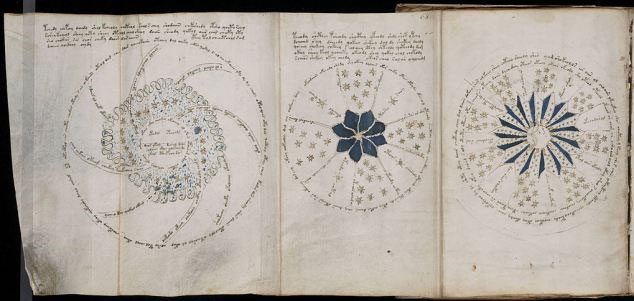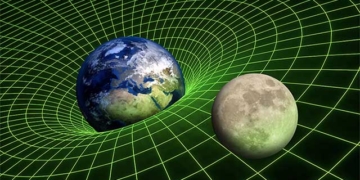Mr. Latvala declined to provide a specific explanation of the coded message, stating that no “ordinary person” could decipher it.
Michael Wilfrid Voynich is known as the most mysterious manuscript in the world due to the countless illustrations that have puzzled experts for centuries.
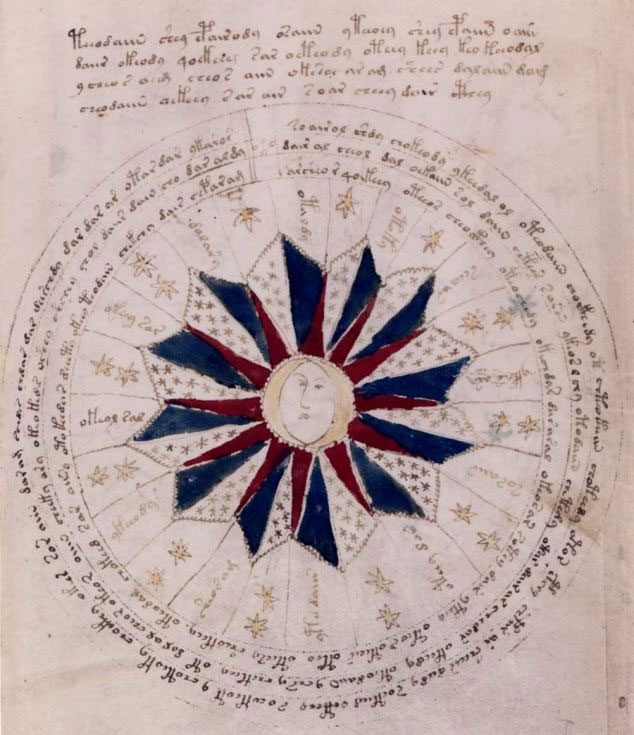
The mysterious illustrations in the Michael Wilfrid Voynich manuscript
The Michael Wilfrid Voynich manuscript contains numerous drawings resembling images of extraterrestrial beings and characters that no one can understand except for its creator.
Unfortunately, no one knows who the author is, and even the manuscript was not named by this individual.
The Michael Wilfrid Voynich manuscript was discovered in the 15th century. A significant amount of money has been invested, and many decoding experts have been involved, including some of the finest members of the National Security Agency of the United States, yet they have been unable to uncover any secrets from it.
This manuscript, filled with mysterious characters and illustrations, was named the Michael Wilfrid Voynich manuscript after this man discovered it.
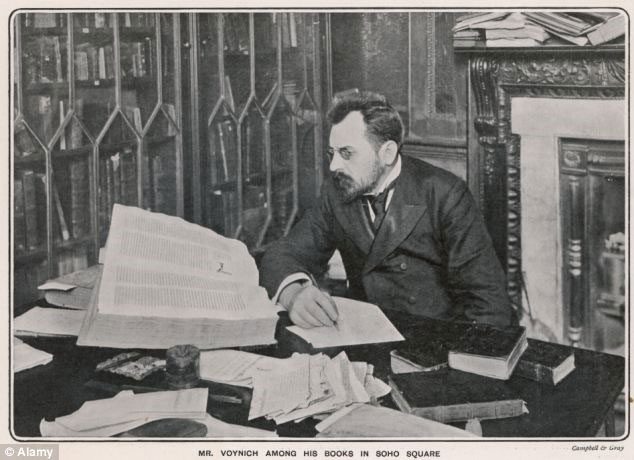
Michael Wilfrid Voynich, the discoverer of the mysterious manuscript
Recently, however, a Finnish businessman suddenly claimed that he had discovered the secret of the manuscript with the help of a person with extraordinary powers.
Viekko Latvala claims to be a prophet of God and asserts that the Michael Wilfrid Voynich manuscript is a work created by a botanist (a researcher of plants, astrology, pharmacology, and astronomy) who lived hundreds of years ago for scientific and medical purposes.
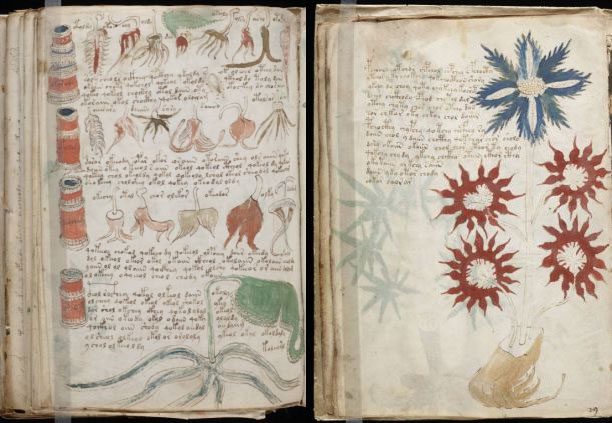
A mysterious page from the Michael Wilfrid Voynich manuscript
Mr. Latvala declined to explain the specific message in the code, stating that no “ordinary person” could decipher it because there is no method to read this text and it is the language of the prophets.
However, Mr. Latvala provided evidence in the form of a translation describing something called plant 16152, which he claims can be found in present-day Ethiopia. The translation reads as follows:
“The name of the flower is Heart of Fire. It beautifies the skin when prepared as an ointment. Its oil is pressed from the buds. This ointment is used to erase wrinkles. It has benefits for the kidneys and head; the flower has anti-inflammatory and antibiotic properties. The plant is 10 cm tall. It thrives in hot and dry places. The leaves are bright green.”
According to Mr. Latvala, the language of this manuscript is quite complex. It is formed from a combination of syllables from Spanish and Italian.
This is a rare Babylonian dialect from a small area in Asia. He claims that the author of the manuscript did not know how to write any language, so this person invented a way to record their pronunciation.
Mr. Latvala has created his own alphabet to decode the characters in this mysterious manuscript.










































